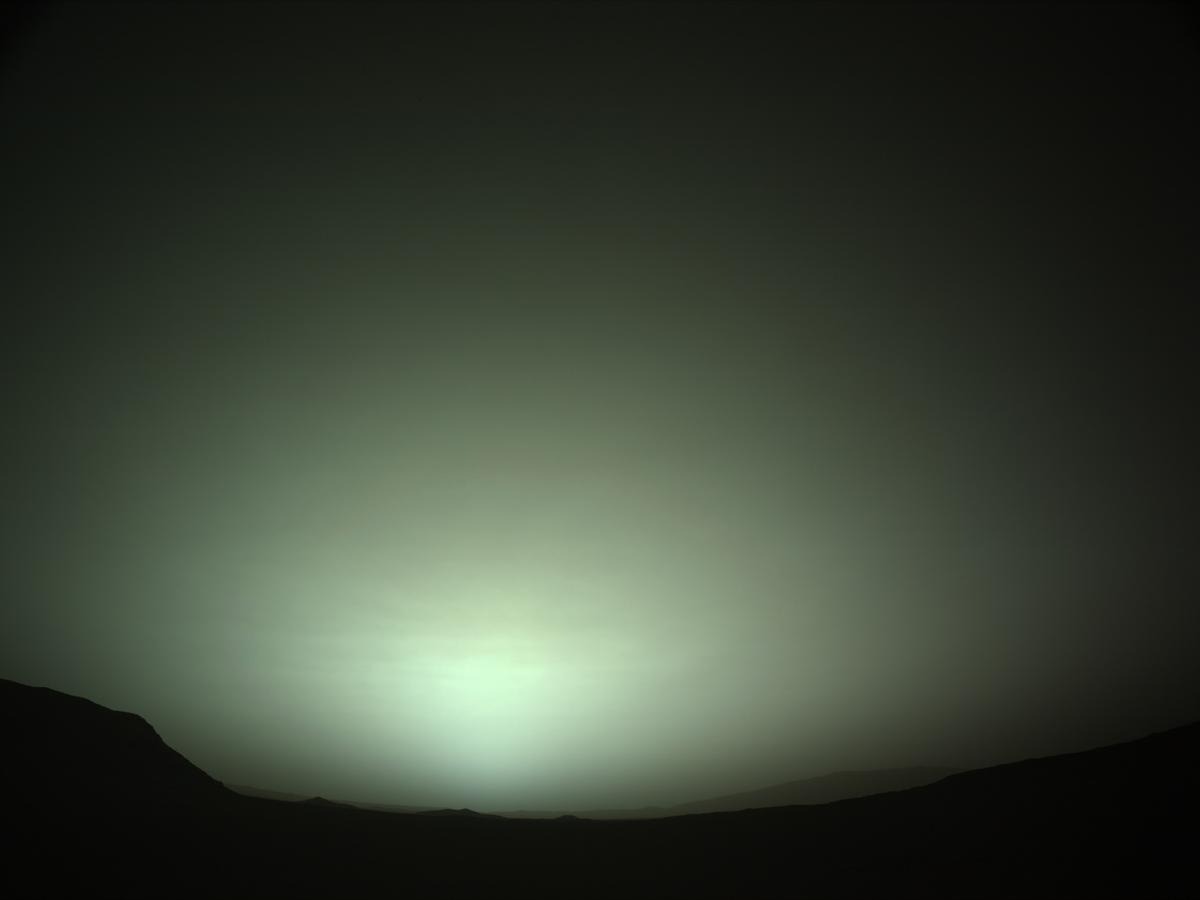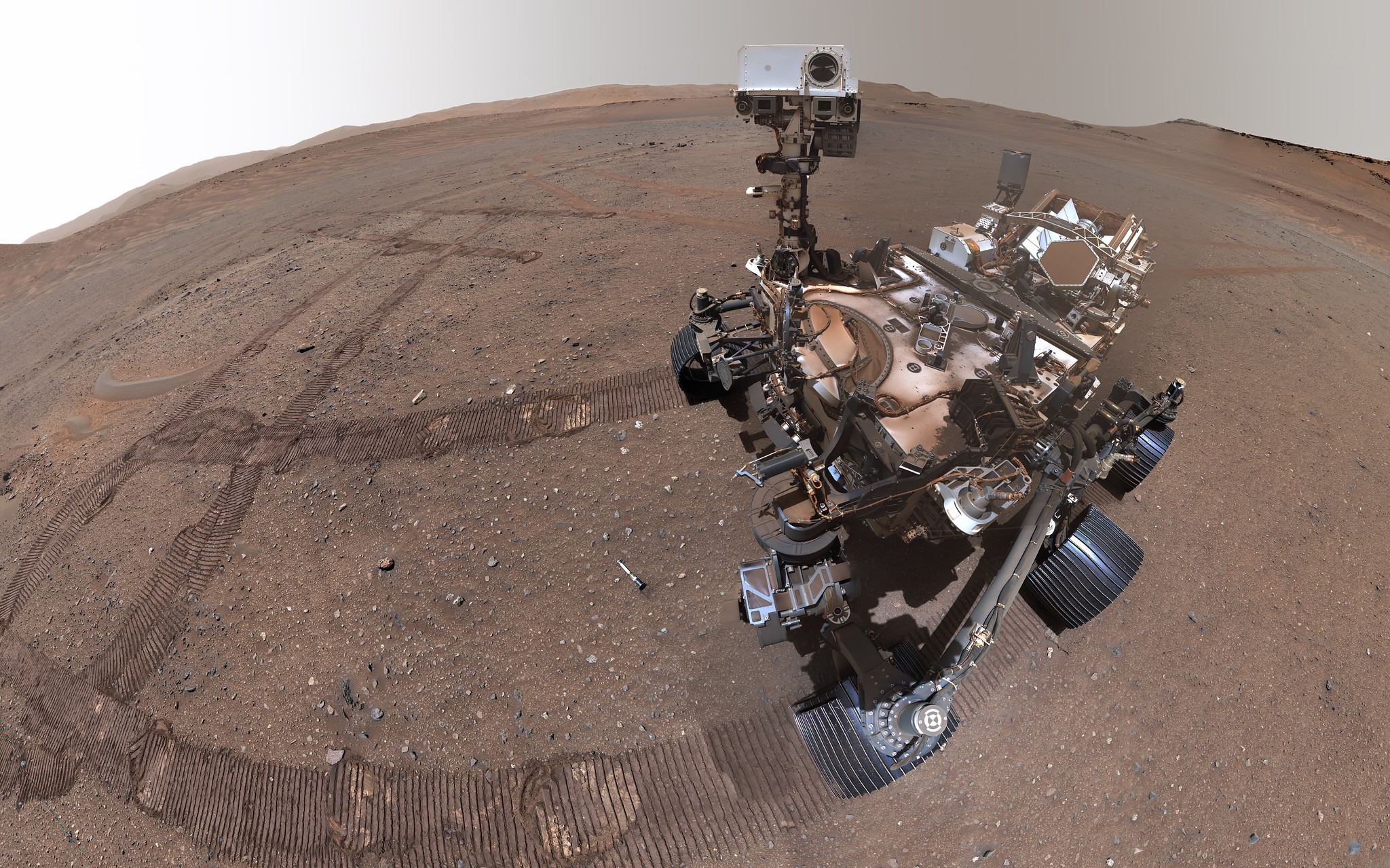In a new image taken by NASA’s Perseverance rover, the sky on Mars looks creepy with a dimmed Sun. This is how the summer season begins on the Red Planet. Mars has four seasons, just like Earth, but they are somewhat different from how we see them on our Earth full of life.

The Martian year consists of 687 Earth days or 668 Martian sols, so the season also lasts longer. They are also more contradictory than ours: in the northern hemisphere, spring lasts 194 days, and autumn lasts only 142 days. The atmosphere of Mars is only 1% of the density of the earth, and the whole planet is much colder and dustier.
Cloudy, storms in places
During the Martian summer solstice, which will take place on July 12, 2023, spacecraft orbiting Mars observe a large number of clouds in the northern hemisphere. Now the Perseverance rover sees evidence of these clouds from the surface, as evidenced by a recent photo taken by the rover’s left navigation camera or Navcam.
In the last photo taken on January 29 or 691 Sol of the mission, the Martian sunrise looms due to scattered cloud cover. The clouds are very thin due to the fact that there is very little water in the atmosphere of Mars. According to a NASA study, if all the atmospheric water of the Red Planet were distributed over the surface, it would form a layer thinner than a strand of human hair.
Waiting for a halo on Mars
NASA expects an increase in the number of clouds and an increase in dust storms in the coming months. Also at the end of the cloudy season, scientists will try to see a rare atmospheric phenomenon – a halo around the Sun, which is formed due to the refraction and reflection of light by large ice crystals, which can appear only with a sufficiently large concentration of water vapor.

Clouds pose no threat to Perseverance and its twin brother Curiosity. That’s because they get their energy from nuclear batteries, not from solar panels. Such devices as Spirit, Opportunity and inSight died precisely because they stopped receiving enough energy from the Sun due to dust, which covered their panels with a thick layer forever.
According to NASA
Follow us on Twitter to get the most interesting space news in time
https://twitter.com/ust_magazine
